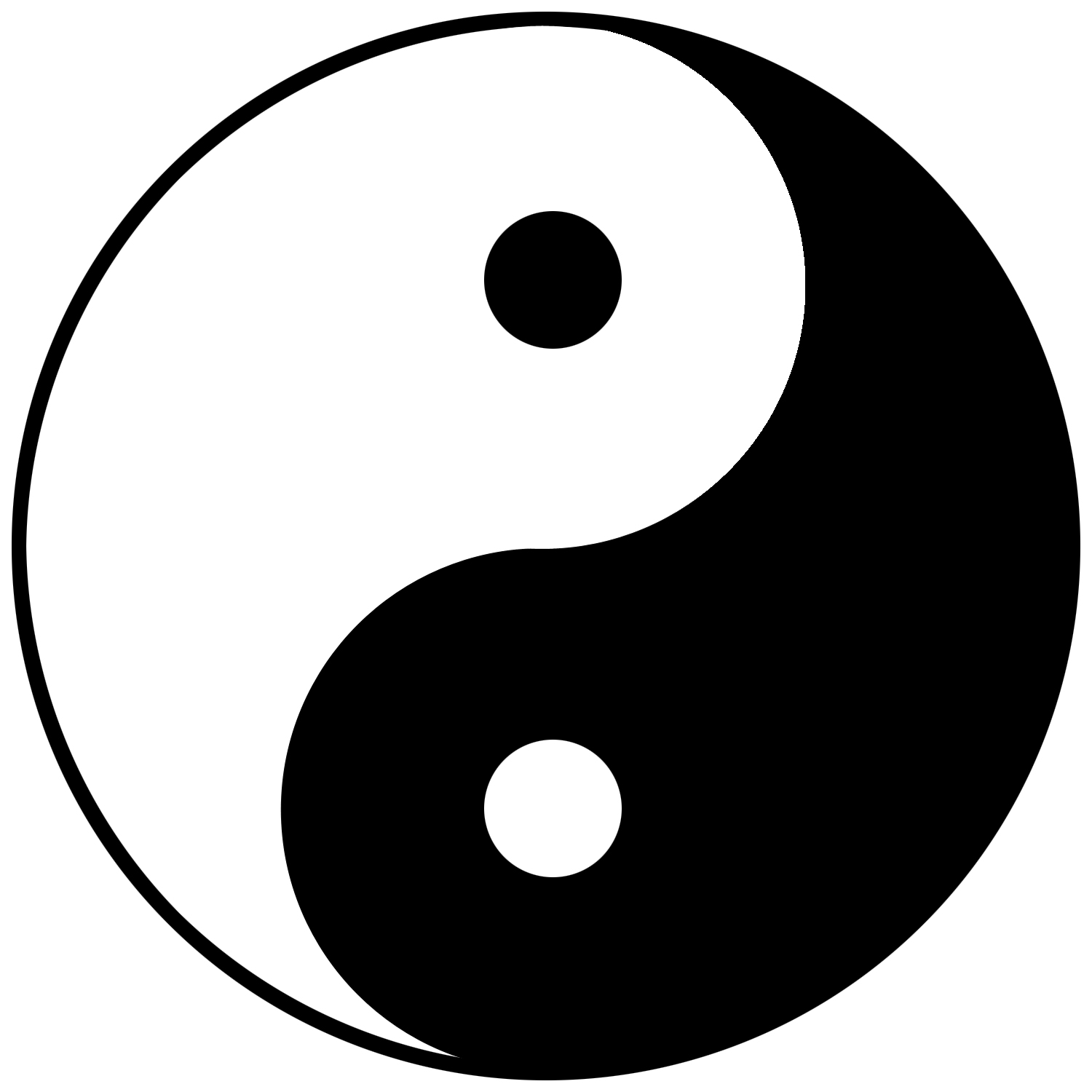The Well Adjusted Horse: Improving Performance with Chiropractic Care
/Chiropractic is a therapeutic modality that addresses a horse's biomechanics. Ensuring that all of the joints in a horse's spine are moving well allows the horse to move freely through his body. During a chiropractic treatment, the doctor takes each joint of the spine through its range of motion to evaluate the quality of movement. If a restriction is identified, normal movement is restored to the area with a very precise, quick thrust along the plane of the joint, called an adjustment.
Many people use the word “out” to describe these restrictions, such as, “my horse's neck was out.” However, the bones are less often “out of alignment” than they are “stuck” within their normal range of motion. For example, one of the joints of the neck vertebrae may move better as the horse flexes to the left versus the right, even though the bones are not visibly displaced on X-rays. When a horse has an area of the spine that is “stuck,” another part of the body will need to move more to compensate. This excessive movement causes increased stress on the tissues, which can result in pain and degenerative conditions if left untreated.
So how do you know if your horse needs to be adjusted? The only way to know for certain whethera horse needs an adjustment is with a chiropractic exam, where each joint is assessed individually by the doctor. That said, there are many things you can be on the lookout for that may suggest an underlying chiropractic problem. Horses will often pin their ears, grind their teeth, swish their tails or even buck under saddle in response to discomfort. Although these behaviors are sometimes considered training issues, they are often a sign of an underlying physical issue. Many subtle performance problems such as inability to lift the back, drive from behind or change leads smoothly can also be helped with chiropractic care. Routine chiropractic evaluations can identify small problems before they evolve into into overt lameness. When the horse's body is moving properly, inflammation is reduced, the nervous system can function optimally, and the horse is set up for success.















